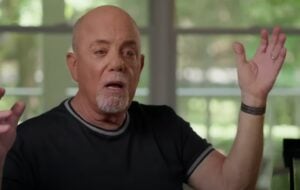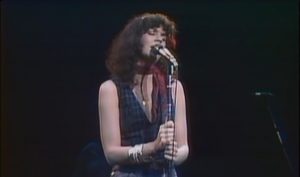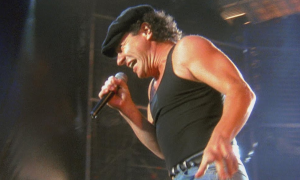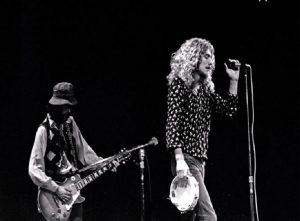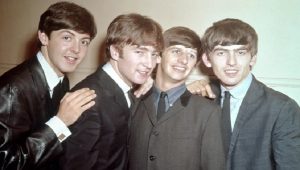20 Career Highlights Of Bob Dylan
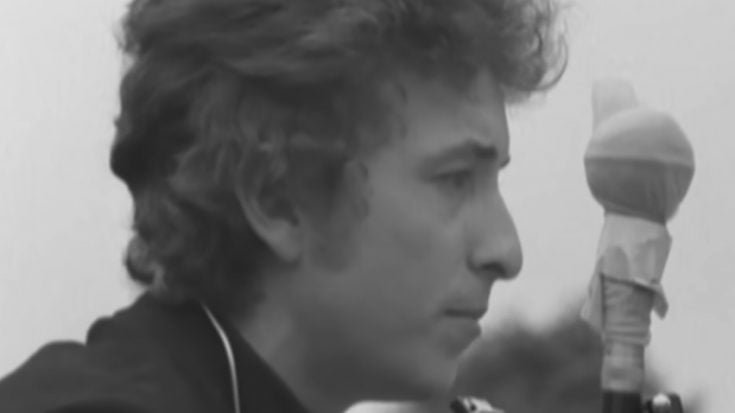
Bob Dylan live in 1964 - Bob Dylan / Youtube
Before Bob Dylan came anywhere close to resembling a public icon, he was first a poet. And like most aspiring poets, it wasn’t an easy start for Dylan. Playing for pocket change on with his folk numbers, he slowly rose to prominence and became the anthemic voice of movements and counterculture. Here are some memorable moments for America’s versatile folk poet in his illustrious career.
Humble Beginnings
From 1955 to 1960, a teenage Robert Zimmerman tried to teach himself how to play the guitar. Once he does, he formed numerous bands, The Golden Chords being one of them. He attends college in Minneapolis and becomes a full-fledged folk artist from thereon.
Establishing his Brand
Zimmerman struck inspiration upon reading his idol Woody Guthrie’s 1943 autobiography. He dons the name Bob Dylan and departs to New York City and played around Greenwich Village. He was scouted by Columbia Records president John Hammond and signed him into a five-year recording contract.
First Shot at the Big Leagues
After some time preparing, Columbia Records released Dylan’s self-titled debut album. While mostly comprised of covers songs, it showed the potential of Dylan’s style and delivery.
Major Boost in his Career
The release of The Freewheelin’ Bob Dylan propels Dylan to the main stage of the folk scene with his impressive songwriting and curation. He was also given the chance to play at the Newport Folk Festival for the first time.
Versatility Proven
With the release of The Times They Are A-Changin’, Dylan is branded as a protest folk artist. But with Another Side of Bob Dylan – the name fitting enough – was almost devoid of protest themes and instead is introspective of his personal life. This could be due to him ending the rocky 2-year relationship with Suze Rotolo, who was a major inspiration for the music of this era.
Going Electric
Dylan is the talk of the town everywhere, thanks to Bringing It All Back Home and Highway 61 Revisited’s major appeal to the masses. After an impressive documented British tour by D.E. Pennebaker (1967’s Don’t Look Back), Dylan goes electric, shocking many who were accustomed to his acoustic sound. He also makes the Hawks (now The Band) his permanent backup act.
Recovery and Respite
Blonde On Blonde becomes a mainstay in the ’60s in everything concerning Dylan. The folk icon also met a serious motorcycle accident which cuts his tour short to give him time to recuperate. He is also newly-married to Sara Lownds and goes on a tour hiatus for eight years.
A Classic – Established
Dylan releases John Wesley Harding, which contains the iconic cut “All Along the Watchtower”, one of rock’s most enduring and frequently-covered songs.
Dipping into New Territory
Dylan’s Nashville Skyline paints him in a new light, welcoming the artist in the country fold. He also does a rare performance in the Isle of Wight Festival, clad in a white suit. 1970’s Self Portrait doesn’t perform as well as his previous albums, while Dylan’s first book is released, a free verse poetry collection titled Tarantula.
Exploring New Media
Dylan’s music is featured in the film Pat Garrett and Billy the Kid, who also does a cameo as the knife-throwing Alias. Dylan also makes a rare appearance in George Harrison’s Concert For Bangladesh. He also releases his second book, Writings and Drawings.
Back on The Road
The release of Planet Waves signaled the return of Dylan to touring life. The Hard Rain World Tour was his first tour since 1966, which was took eight years. He also releases his first live album, Before The Flood.
Reigniting His Career
Dylan releases the acclaimed record Blood On The Tracks to stir controversy into the scene once again. The legendary Rolling Revue Tour, which he did with Joan Baez, Rambin’ Jack Elliot, actor Sam Shepard, poet Allen Ginsberg, among others, commences.
Bidding Farewell to his Solid Crew
Following the release of Desire, which contains a ballad for the wrongly-accused and imprisoned Rubin “Hurricane” Carter, The Band did an all-star farewell concert on Thanksgiving day, filmed by no other than Martin Scorsese.
Turning a New Leaf in Faith
Dylan’s conversion to Christianity shocks the community. Following this, he releases a trilogy of gospel albums: Slow Train Coming, Saved, and Shot of Love. The cut “You Gotta Serve Somebody” earns Dylan his first Grammy.
Teaming Up with Friends
Dylan teams up with George Harrison, Tom Petty, Roy Orbison, and Jeff Lynne to form the Traveling Wilburys, subsequently followed by the release of The Traveling Wilburys: Volume One. His live album Dylan and the Dead didn’t work out well but was redeemed by the follow-up, No Mercy.
Celebrated by Peers and Successors
Dylan was paid tribute to by various musicians ranging from Joni Mitchell to Eddie Vedder at a 1992 gathering at the Madison Square Garden dubbed by Neil Young as Bobfest.
Proving Himself Time and Time Again
For the first time in seven years, Dylan releases his all-original 1997 collection, Time Out of Mind. The album gave Dylan three Grammys in one fell swoop.
Breaking Boundaries
Dylan won an Academy Award and an Oscar for the song “Things Have Changed,” which was written a year earlier for director Curtis Hanson’s The Wonder Boys soundtrack. Also, his album Love and Theft is met with acclaim.
Reminiscing his Career
He publishes his memoir, Chronicles: Volume One, which hits the second spot on New York Times’ bestseller list. Also, Martin Scorsese’s four-hour documentary of Dylan’s life and career until 1966, No Direction, hits theaters.
Hitting the Airwaves Differently
Dylan’s Theme Time Radio Hour launches on the XM/Sirius satellite radio while his album, Modern Times, is released. He also receives a special Pulitzer prize, and he delves into fine arts with his first show, the Drawn Blank Series, which was exhibited in Germany.





